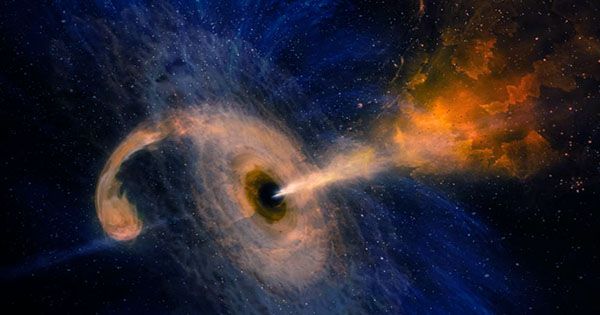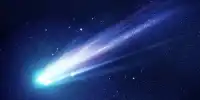Astronomers announced the finding of the nearest black hole to the solar system two years ago. After all, it turns out there wasn’t a black hole after all. Follow-up studies have revealed that HR 6819, formerly assumed to be a three-body system consisting of two stars and a black hole, is actually only two stars. Those two stars, on the other hand, are anything from average. The system is made up of two stars that orbit each other every 40 days, according to new data. One of the stars had its outer layer stripped away by its partner, which the scientists discovered just after it happened, leading to the puzzling observations that originally suggested the possibility of an unseen black hole. The findings were published in the journal Astronomy & Astrophysics.
“So far, our best guess is that we captured this binary system just as one of the stars was sucking the atmosphere from its partner star. In a statement, co-author Dr Julia Bodensteiner, now a fellow at the European Southern Observatory (ESO) in Germany, stated, “This is a typical event in tight binary systems, sometimes referred to as “stellar vampirism” in the news.” “As the material from the donor star was taken away, the recipient star began to spin faster.” “Because it is so brief, catching such a post-interaction phase is incredibly challenging,” lead scientist Dr. Abigail Frost of KU Leuven said in a statement.
“This makes our findings for HR 6819 very fascinating, as it provides a great candidate for studying how this vampirism influences the evolution of big stars, and hence the production of their related phenomena like gravitational waves and intense supernova explosions,” says the team. Bodensteiner led a study after the initial paper was released that presented the notion without the black hole. After discussing the situation with the original team, they decided that further observations were required to determine whether scenario was right.
“It’s not only natural, but it should be that results be scrutinized,” said Thomas Rivinius of ESO, who was the principal author of the first study and co-author of this one. “And it’s an outcome that just adds to the headlines.” The researchers were able to analyze the system in great detail thanks to the Multi-Unit Spectroscopic Explorer (MUSE) instrument on ESO’s Very Large Telescope. It demonstrated that there was no star orbiting a black hole with a third orbiting both further away. It was two stars circling in close proximity to one another.
“MUSE verified that there was no light companion in a larger orbit,” Frost said, “but GRAVITY’s great spatial resolution was able to discern two brilliant sources separated by barely one-third of the distance between the Earth and the Sun.” “These findings completed the picture, allowing us to infer that HR 6819 is a binary system with no black hole.” Small black holes are difficult to find until they are actively eating. They must be out there somewhere, therefore it’s just a matter of time before nearby ones are discovered.















